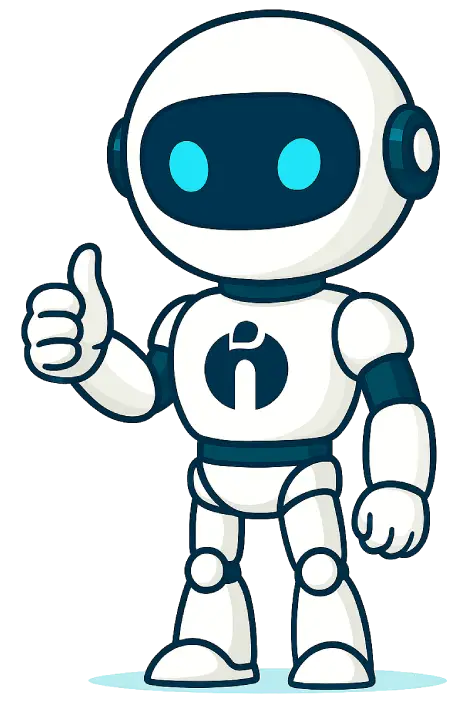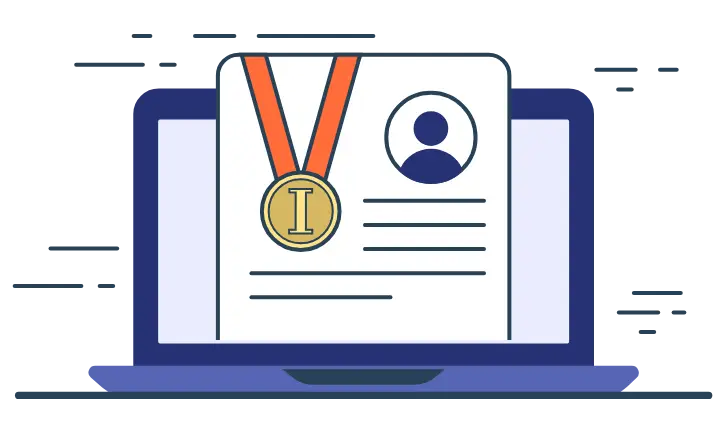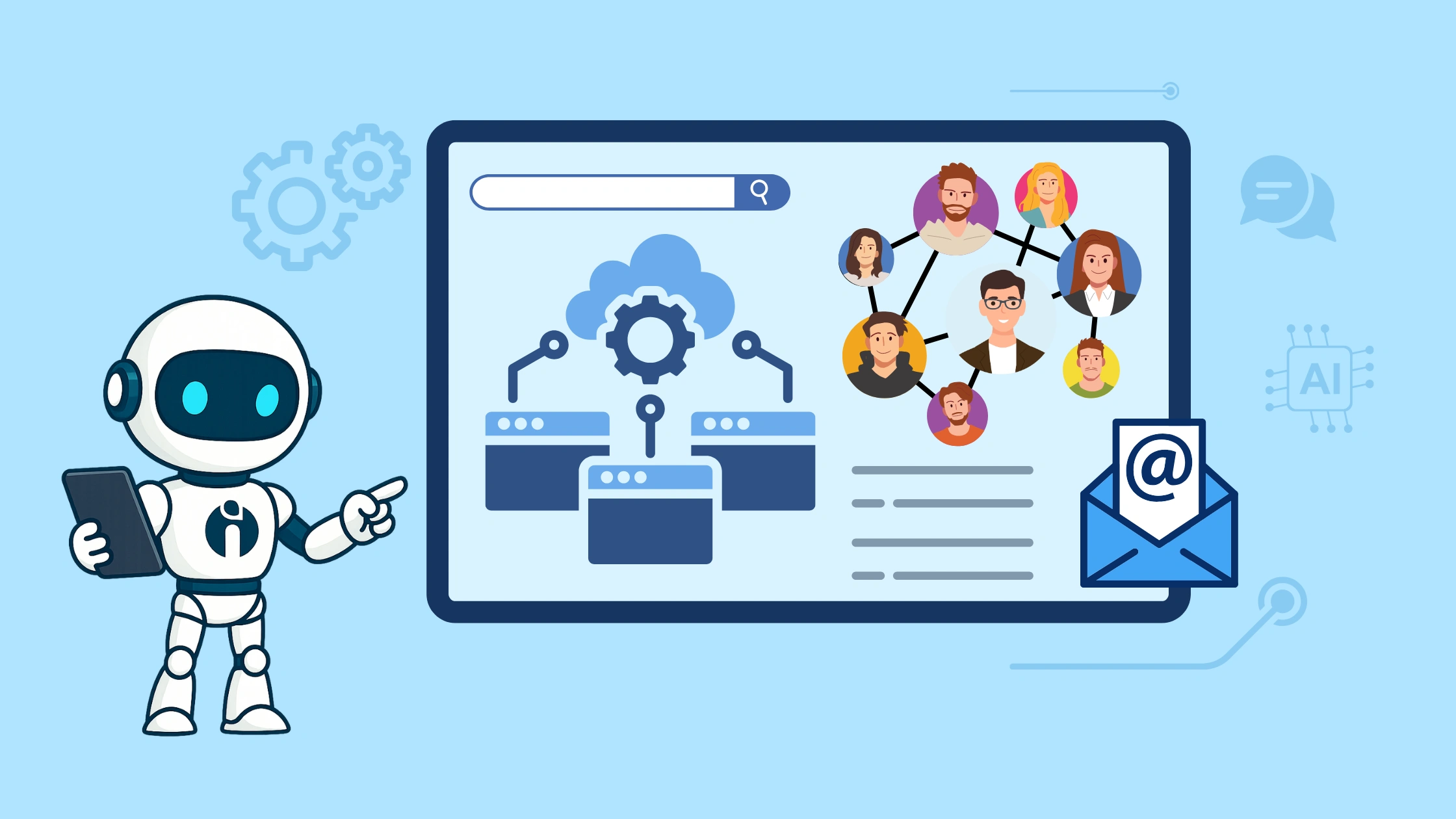TL;DR
- Recruiting CRM systems centralise candidate data and automate repetitive tasks.
- They help reduce time-to-hire and recruitment costs while improving candidate experience.
- Key CRM features include automation tools, real-time analytics, and integration capabilities.
- Strategies for maximising ROI involve building talent pipelines, data-driven recruitment, and enhancing collaboration.
Recruitment is a critical process for every business, but it can take a lot of time and money. When there’s pressure to fill jobs, it's easy to let things slip through the cracks, which leads to higher costs, longer hiring times, and sometimes, poor hiring decisions too.
But what if you could solve these problems and get better results in your hiring process? This is where Recruiting CRM systems can help. These tools make hiring easier by keeping all candidate information in one place, automating repetitive tasks, and giving you useful insights to make better decisions.
In this blog, we’ll look at how a Recruiting CRM can help you tackle common hiring challenges, like reducing time-to-hire, cutting costs, and improving candidate experience - all while making your hiring strategy more effective.
Challenges in Achieving High ROI of Recruitment Software
Hiring managers often face many challenges that make it hard for them to get good results from the money and effort they spend on finding new employees.
1) Talent Shortages pose a significant challenge, as the demand for specialised skills frequently outstrips supply. This imbalance can lead to prolonged vacancies in critical roles, affecting productivity and performance.
2) Extended Time-to-Hire is another issue, with lengthy recruitment processes increasing the likelihood of losing top candidates to competitors. This not only results in missed opportunities but also disrupts business operations as teams struggle to function efficiently without the required talent.
3) High Recruitment Costs remain a persistent problem, as traditional methods often involve substantial financial outlays without guaranteed success. From advertising to candidate screening, expenses can quickly escalate, stretching recruitment budgets thin.
According to the Society for Human Resource Management (SHRM), the average cost-per-hire exceeds $4,700, underscoring the need for solutions that reduce expenses without compromising the quality of hires.
4) Data Fragmentation exacerbates inefficiencies within recruitment teams. Disparate systems and scattered data make gaining a comprehensive view of candidate pipelines difficult, leading to missed opportunities and delayed decisions.
5) Enhancing Candidate Experience is crucial in a competitive job market, but poor communication and lengthy processes can deter candidates, damaging the company’s employer brand. Maintaining a positive experience throughout the recruitment journey is essential to attract and retain top talent.
6) A High Volume of Applicants can overwhelm recruitment teams, especially without the proper tools to manage and filter candidates effectively. This can lead to delays and errors, further complicating the hiring process.
7) Compliance and Data Security have become increasingly critical. Strict data protection regulations require organisations to handle candidate information with utmost care. Non-compliance can result in significant penalties and damage to the company’s reputation.
How Recruiting CRM Helps Boost the ROI
Recruiting CRM systems offer robust solutions to these challenges by centralising and automating recruitment processes.
1) Centralised Data Management ensures that all candidate information is stored in one place, making it easily accessible and reducing the risk of data silos. This centralised approach enables quicker and more informed decision-making, enhancing the overall efficiency of the recruitment process.
2) Automated Workflows help recruiters reduce their manual workload by automating repetitive tasks such as scheduling interviews, sending follow-up emails, and updating candidate statuses. This allows recruiters to focus more on strategic activities, such as engaging with top talent and building relationships.
3) Enhanced Candidate Engagement through personalised communication ensures that candidates feel valued and informed throughout the recruitment process. Prompt responses and clear updates foster a positive candidate experience, which can significantly impact the company’s employer brand.
4) Analytics and Reporting provide real-time insights into various recruitment metrics, allowing organisations to track performance and identify areas for improvement. This data-driven approach helps refine strategies and optimise recruitment for better outcomes.
5) Improved Team Collaboration is facilitated by CRM tools that offer shared access to candidate information and real-time updates. This ensures that all team members are on the same page, promoting cohesive decision-making and reducing the risk of miscommunication.
6) Integration with Other Tools, such as Applicant Tracking Systems (ATS), job boards, and social media platforms, creates a seamless recruitment ecosystem. This integration streamlines workflows and enhances the efficiency of sourcing and managing candidates.
7) Compliance Management is simplified with CRM systems that ensure adherence to data protection regulations. Features like data encryption, secure storage, and audit trails help safeguard candidate information, reducing the risk of breaches and non-compliance.
Key Features of Recruiting CRM for ROI Optimisation
Recruiting CRM systems are equipped with several features designed to optimise recruitment ROI.
1) Automation Tools streamline repetitive and time-consuming tasks, freeing up recruiters to focus on more value-added activities. Automated email campaigns, interview scheduling, and reminders are just a few examples of how these tools can enhance efficiency.
2) Real-Time Analytics offer valuable insights into recruitment KPIs such as time-to-hire, cost-per-hire, and candidate source effectiveness. These analytics enable data-driven decision-making, helping organisations refine their strategies for better results.
3) Talent Pool Management allows recruiters to build and nurture a database of potential candidates, ensuring a steady talent pipeline for future openings. This proactive approach reduces reliance on expensive job boards and shortens the time for new roles.
4) Integration Capabilities ensure that the CRM system can seamlessly connect with various recruitment platforms and tools, creating a unified workflow that enhances overall efficiency and reduces the risk of data fragmentation.
5) Multilingual Support is essential for global organisations that need to manage diverse talent pools across different geographies. This feature ensures effective communication with candidates and recruiters in various regions, enhancing the recruitment process on a global scale.
Strategies for Improving ROI with Recruiting CRM
Organisations can implement several effective strategies to maximise the ROI of a Recruiting CRM.
1) Developing a Talent Pipeline is crucial for reducing time-to-fill and cost-per-hire metrics. By maintaining a robust database of qualified candidates, organisations can quickly identify and engage potential hires when new roles become available, minimising the need for extensive sourcing efforts.
2) Implementing Data-Driven Recruitment involves leveraging the analytics capabilities of the CRM to identify bottlenecks, optimise sourcing channels, and align recruitment strategies with business goals. This approach ensures that decisions are based on concrete data rather than intuition, leading to more effective outcomes.
3) Enhancing Collaboration within recruitment teams is facilitated by CRM tools that offer shared access to candidate information and real-time updates. This fosters better teamwork, reduces miscommunication, and streamlines the decision-making process, ultimately improving the efficiency of the recruitment operation.
4) Focusing on Candidate Experience is paramount in today’s competitive job market. By using CRM functionalities to personalise communication, provide timely updates, and maintain transparency throughout the recruitment process, organisations can create a positive experience that attracts top talent and enhances the employer brand.
5) Continuous Process Improvement is achieved by regularly analysing CRM data to identify inefficiencies and areas for enhancement. This iterative approach ensures that recruitment strategies remain agile and responsive to changing market conditions, leading to sustained improvements in ROI.
6) Leveraging AI and Automation involves utilising advanced technologies for tasks such as candidate matching, predictive analytics, and automated screening. These innovations enhance the accuracy and efficiency of the recruitment process, resulting in better hires and reduced time-to-fill.
Measuring ROI with Recruiting CRM
Organisations should track various key metrics to accurately measure the ROI of a Recruiting CRM.
1) Time-To-Fill measures the reduction in the number of days it takes to fill roles after implementing the CRM. A shorter time to fill indicates a more efficient recruitment process and faster talent acquisition.
2) Cost-Per-Hire evaluates the financial savings achieved through streamlined processes and reduced reliance on external sourcing methods. A lower cost-per-hire reflects better resource utilisation and increased cost efficiency.
3) Quality of Hire assesses the performance and retention rates of candidates recruited using the CRM. Higher quality of hiring indicates that the CRM effectively identifies and secures top talent, contributing to long-term business success.
4) Candidate Satisfaction can be measured through feedback surveys and reviews, which provide insights into candidates' overall experience during the recruitment process. High satisfaction scores indicate a positive candidate experience, which can enhance the company’s reputation and attract more applicants.
5) Recruiter Productivity monitors the time saved on administrative tasks due to CRM automation. Increased productivity allows recruiters to focus on strategic initiatives, improving the overall effectiveness of the recruitment team.
Case Study: Real-Life Success with Recruiting CRM
HITCONTRACT, based in Vilnius, Lithuania, is an innovative IT recruitment agency known for filling "hard-to-fill" positions and pioneering the contract job model in Lithuania.
Key Challenges
- Manual Processing: Sorting through high volumes of applications was time-consuming and inefficient.
- Workflow Inefficiencies: Disjointed processes slowed hiring decisions.
- Candidate Experience Issues: Delays in communication impacted their reputation.
The iSmartRecruit Solution
HITCONTRACT adopted iSmartRecruit’s ATS and Recruiting CRM Software, which provided:
- Automation of manual tasks.
- Streamlined workflows for better team collaboration.
- Secure and efficient candidate tracking.
Results Achieved
- 49﹪Increase in sourcing quality ratio.
- 57﹪Hiring Manager Satisfaction Rate.
- 38﹪Improvement in the quality of hires.
- 35﹪Faster Time-to-Fill
- 27﹪Lower Cost-Per-Hire
Future Trends in Recruiting CRM and ROI
Emerging technologies and evolving market demands shape the future of Recruiting CRM. Several key trends are expected to influence the development and adoption of CRM systems:
1) AI Integration will be crucial in enhancing candidate matching and predictive hiring needs. By analysing vast data, AI can identify the best-fit candidates more accurately and efficiently, reducing time-to-fill and improving hire quality.
2) Predictive Analytics will enable organisations to forecast recruitment trends and proactively plan their workforce needs. This forward-looking approach helps businesses stay ahead of market changes and make informed decisions about talent acquisition.
3) Blockchain Technology is set to revolutionise data management within recruitment. Secure and transparent candidate records, facilitated by blockchain, will enhance trust and data integrity, ensuring that sensitive information is protected and verifiable.
Conclusion
Recruiting CRM is an indispensable tool for modern recruitment teams aiming to optimise ROI. It revolutionises the hiring process by automating tasks, centralising data, and offering actionable insights. You can learn more about Recruitment CRM by visiting our resource hub for complete strategies.
Using a Recruiting CRM doesn't just make hiring more efficient; it also helps your business succeed in the long run. Begin your path to better ROI on talent acquisition with tools like iSmartRecruit, your reliable partner for top-notch recruitment.
FAQs - Frequently Asked Questions
What is a Recruiting CRM?
A Recruiting CRM is a tool designed to manage candidate information efficiently, automate tasks, and improve communication throughout the recruitment process, helping businesses hire smarter and faster.
How can a Recruiting CRM improve hiring ROI?
By centralising candidate data and automating workflows, a Recruiting CRM reduces hiring time and costs, improves candidate experience, and provides insights for better decision-making, boosting your recruitment ROI.
Can iSmartRecruit help with my recruitment process?
Yes, iSmartRecruit offers comprehensive Recruiting CRM and ATS solutions that automate manual tasks, enhance collaboration, and ensure secure candidate tracking to optimise your hiring outcomes.
What features should I look for in a Recruiting CRM?
Look for automation tools, real-time analytics, talent pool management, integration capabilities, and compliance management to ensure your CRM supports efficient and compliant recruitment.
How do I measure the success of a Recruiting CRM?
Track key metrics like time-to-fill, cost-per-hire, quality of hire, candidate satisfaction, and recruiter productivity to evaluate the effectiveness and ROI of your Recruiting CRM system.











.webp)

